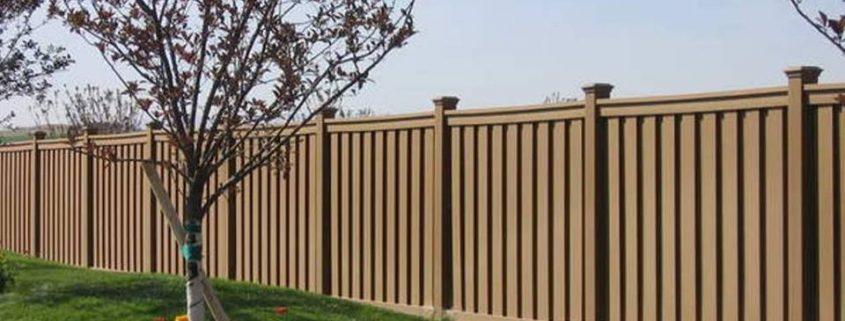Reasons for a Drop in Water Pressure
A drop in water pressure, whether sudden or gradual, can make everyday life miserable. Many people do not know the reasons for the loss of water pressure. Dishonest plumbers sometimes charge an owner for unnecessary repairs. Before it happens to you, take the time to familiarize yourself with five of the main reasons for a drop in water pressure in homes. This knowledge will ultimately save you money and unnecessary hassles.
Disconnect valves in the wrong position
Before attempting anything else, carry out a quick inspection of the water shut-off valves for your home. All valves must be in the fully open position. Most of the valve drives in the running position in parallel with the pipe open. A valve in a transverse position at an angle to the tube will restrict the flow of water. Most houses have a main shutoff valve inside the house or in the garage. Check near the water meter for the other valve location.
The accumulation of minerals
A gradual decrease in water pressure could indicate an accumulation of minerals in the shower or tap aerators. If you see a crust of whitish mineral buildup, try one of these cleaning methods. Remove the shower head or aerator and remove mineral deposits with a toothbrush soaked in white vinegar or CLR-like products designed to remove calcium. If minor cleaning does not remedy the water pressure drop, the problem could be extensive mineral or rust build-up in the old galvanized pipes inside the house.
Damage or obstruction of the water conduit
If everything seems normal in the first two zones, this may indicate a problem with the main water line. The section of the pipe that goes from your home to the street could be damaged or clogged. Housing in new neighborhoods can suffer damage to unintentional water line of materials and construction equipment. Roots from trees can block or damage water lines in established older neighborhoods.
Hidden from water leakage
One of the worst scenarios is a leak in the interior pipe which at some point can drop water pressure and cause damage to the structure. A reading of your water meter will confirm a hidden leak. Start by turning off all indoor and outdoor water faucets then take an initial reading of the water meter before going to work in the morning. Upon your return, check the meter again. If the use has increased, there is a good chance that your house has a hidden leak.
Water Problem Meter
As a last resort, blame the water meter. It is very unlikely that the meter will cause a drop in water pressure unless there is significant blockage within the unit itself. If you have checked all the other options and suspect a water meter problem, call your water provider. A bypass test will be performed to detect internal obstructions or malfunction.













